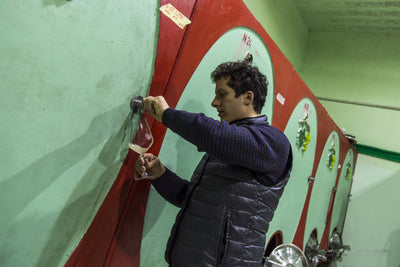The result, as we found for ourselves after tasting a couple of hundred of them on a recent buying trip to Spain, is a sea of beige. This is a travesty because albariňo is a king among grapes. It’s seen by many as an alternative to chardonnay, but that really only tells a partial story. Yes, albariňo does often replicate the peachy-melony character of chardonnay, but there are other elements – a distinct white flower aroma, plus a pronounced lemony acidity and saline minerality – which make it sui generis, a grape of noble character that deserves to be appreciated in its own right.
Albariňo is native to Galicia in north-west Spain – a wine region whose star is definitely in the ascendant right now, be it for white (albariňo, but also godello) or red (mostly mencía) wines. Mainly grown in Rías Baixas, it’s also important in Ribeiro and Ribeira Sacra, while in Portugal it's found mainly in Vinho Verde, where it’s known as Alvarinho. Such has been the recognition of its potential in the past couple of decades that winemakers from California to Australia to New Zealand are now making great wines from the variety.


